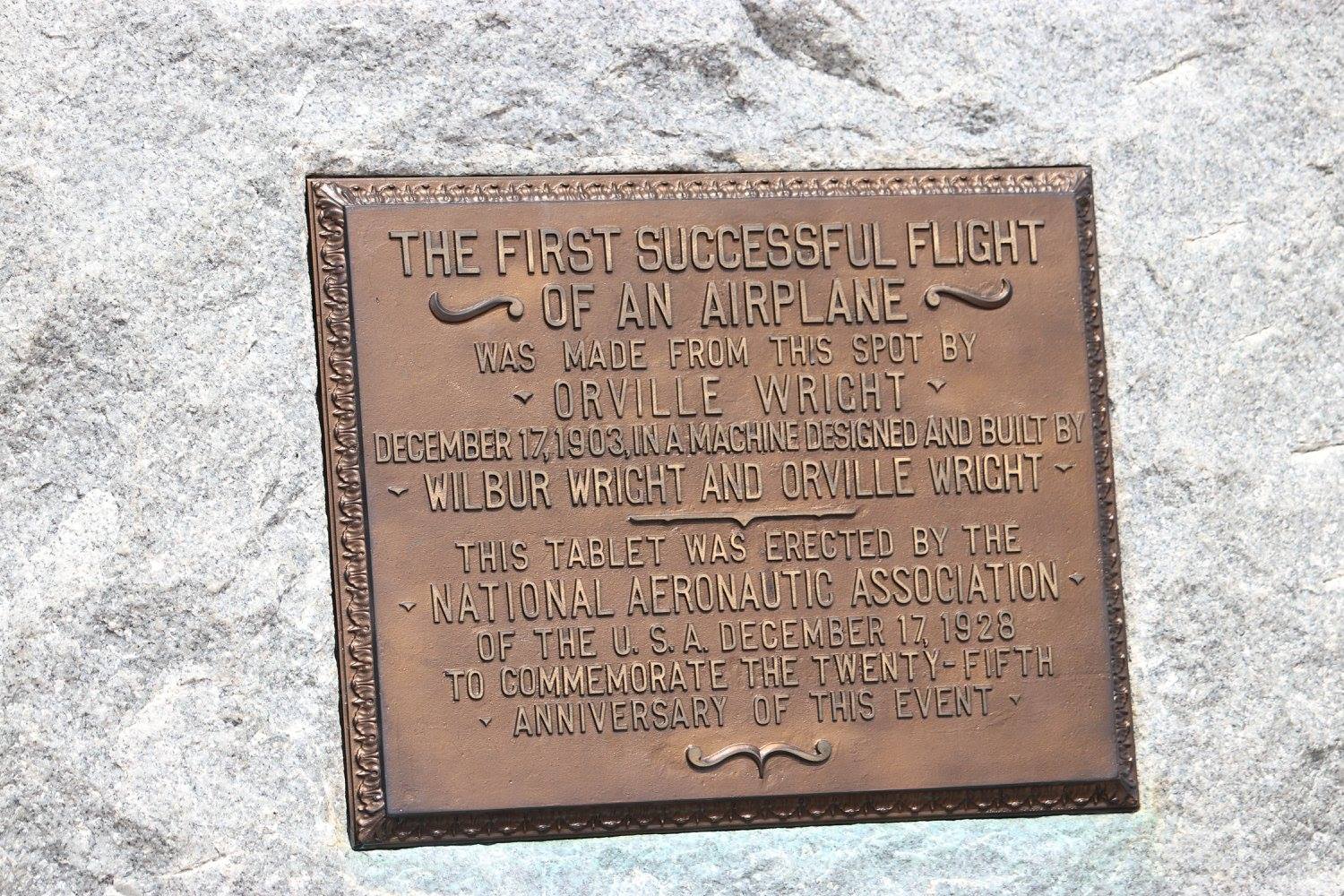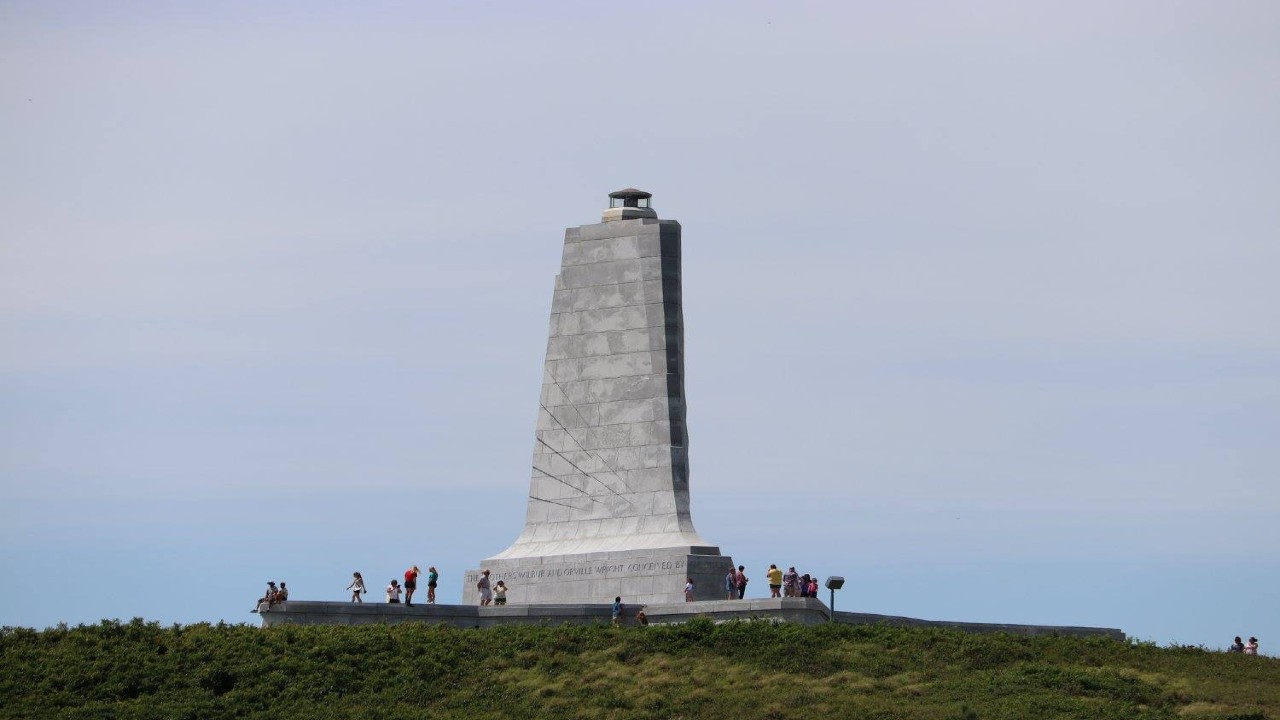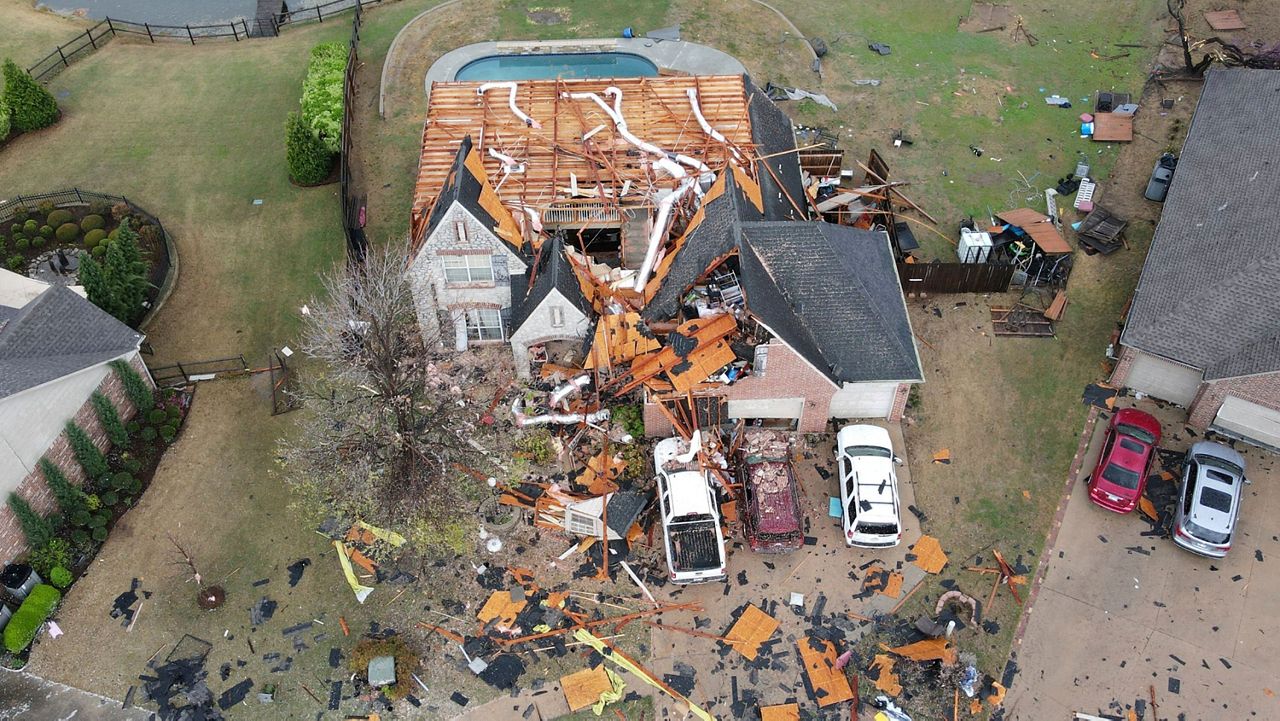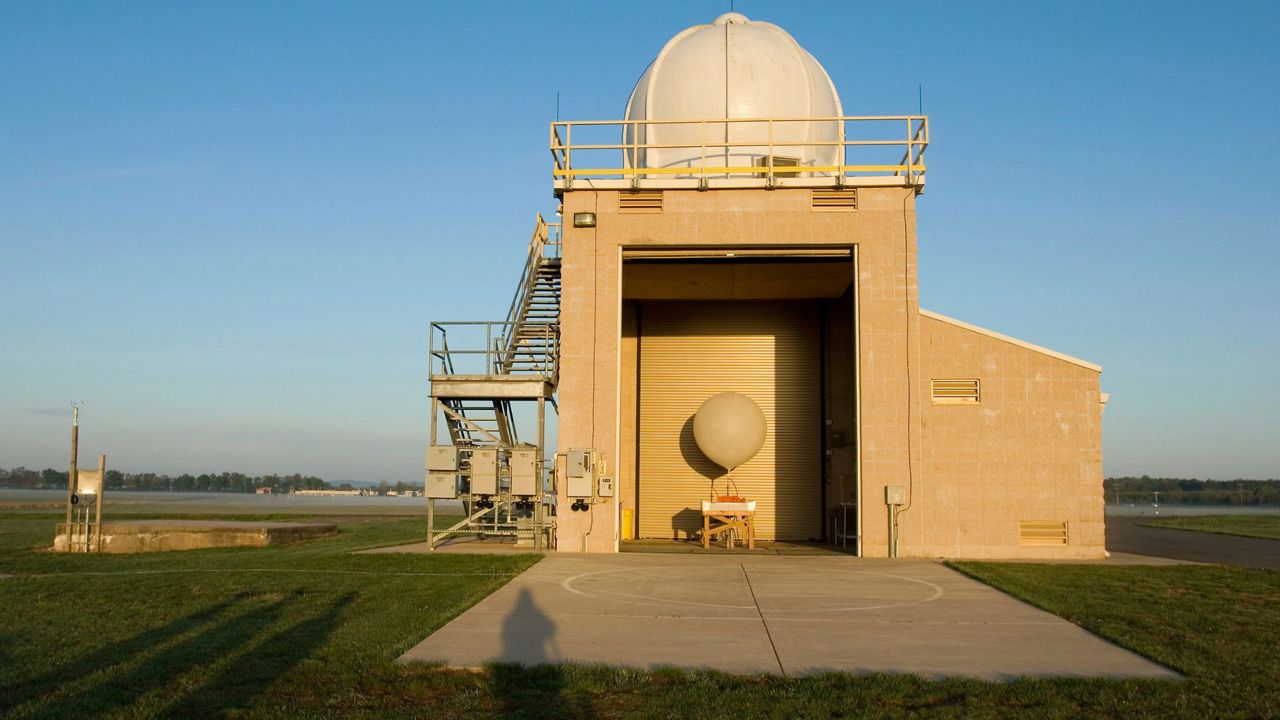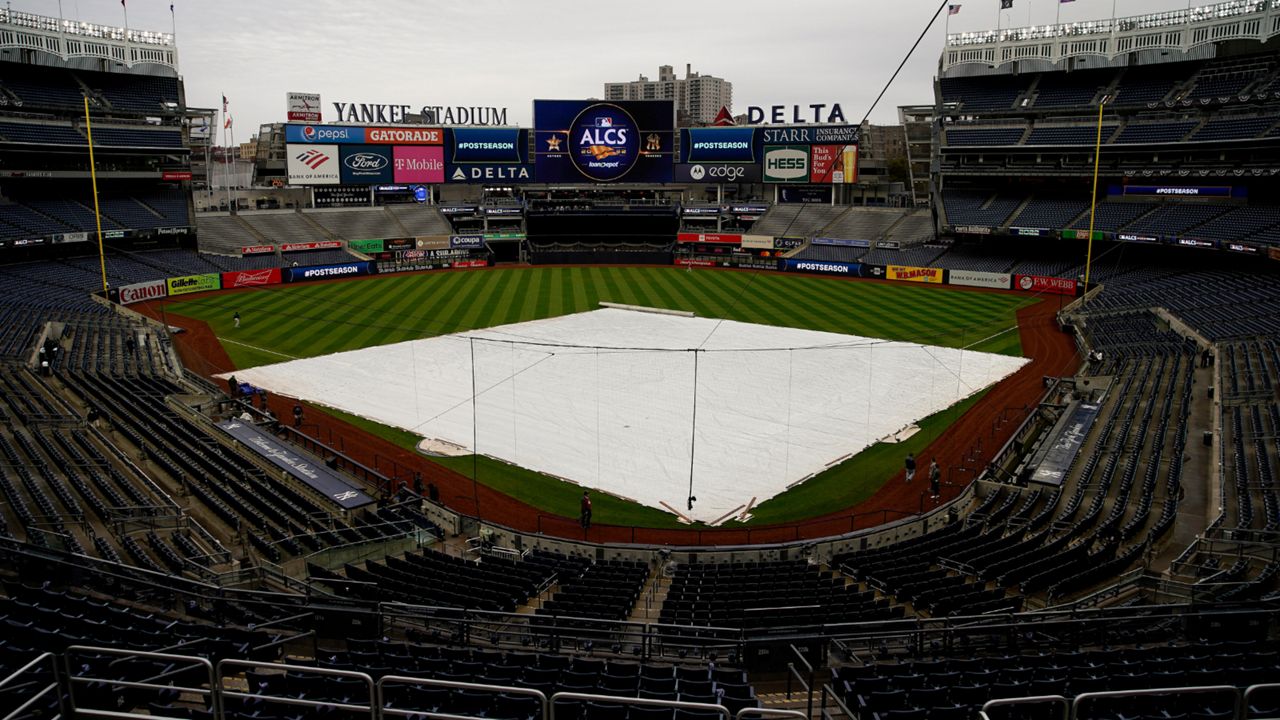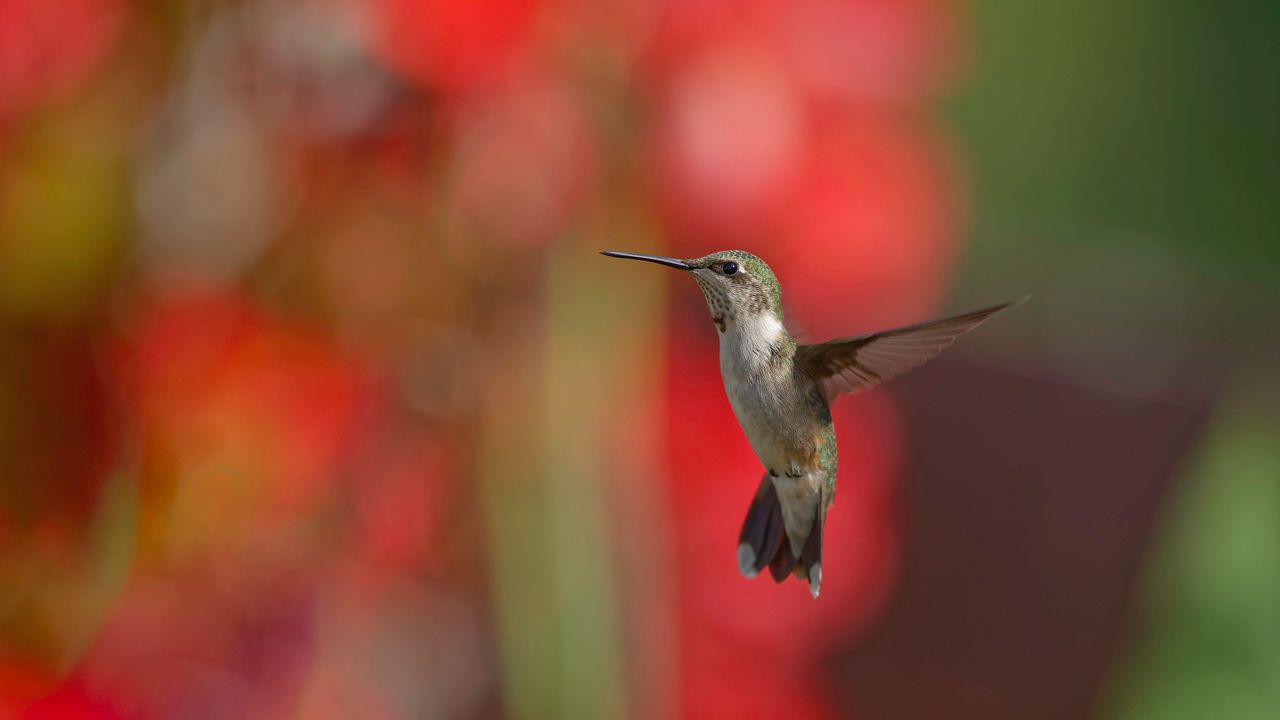On most North Carolina license plates is the phrase "First In Flight," referring to the Wright Brothers successful first flight of a heavier than air powered flying machine.
But do you know the reason that the Wrights chose North Carolina and the Outer Banks to make that first controlled, powered flight?
Wilbur and Orville Wright grew interested in flight at an early age. Their father, a minister, gave them a "helicopter" type toy when they were boys. They studied the toy, flew the toy, and even rebuilt it when it broke.
That was the key to the Wright's success. They were thinkers, and they were inventors.
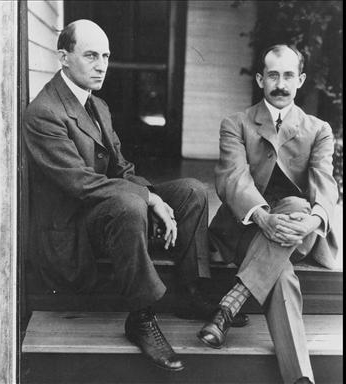
As they got older, their interest in flight grew, and they started working on flight experiments in their hometown of Dayton, Ohio.
The Wrights realized how important achieving flight was and that they faced competition to see who would be the first to fly. So, the brothers had to find a place that offered several elements to ensure success.
First, they had to find a secluded place. The Wrights wanted to keep their flight experiments a secret.
Second, they needed an area with soft ground for landings in their flying machines.
Third, they needed clear areas with no obstructions so they wouldn't crash into stuff.
And forth, they needed wind. The Wrights knew from their experiments in Dayton that steady winds would allow for better flights with their gliders.
In November 1899, Wilbur wrote the National Weather Bureau to inquire about the windiest places in the United States. They discovered that there were numerous places with strong winds, but many did not meet all four of the elements the Wrights were looking for, except for... the Outer Banks of North Carolina.
Upon seeing Kitty Hawk, North Carolina on the list, they wrote to the weather station at Kitty Hawk.
James Dosher replied.
"In reply to yours of the 3rd, I will say the beach here is about one mile wide, clear of trees or high hills, and extends for nearly sixty miles same condition. The wind blows mostly from the north and northeast September and October..."
The Wrights had found the right location for their flight experiments; a secluded place, soft sand to land, an area of no obstructions, and a steady wind. It was perfect!
From 1900 through 1902, the Wrights experimented with various gliders by launching them from the dunes of Kitty Hawk into the steady winds of the Outer Banks.
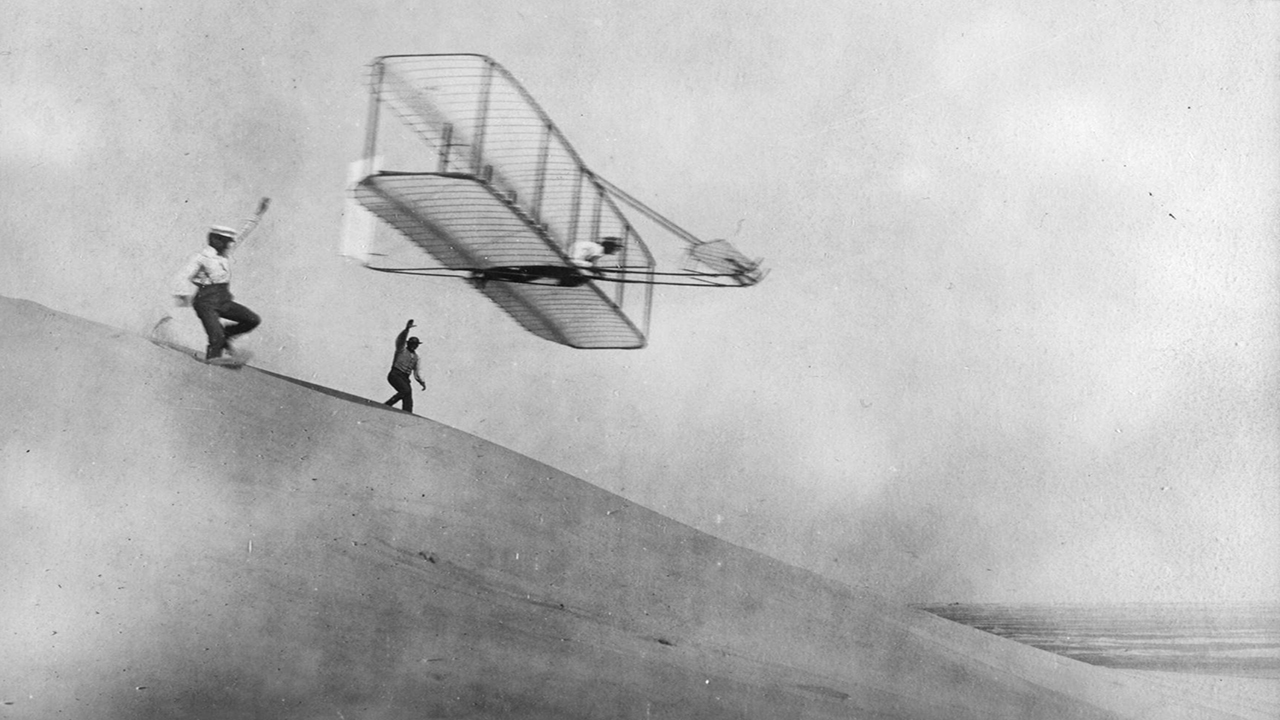
By 1902, they had perfected their glider, and it was time to build their first powered aircraft.
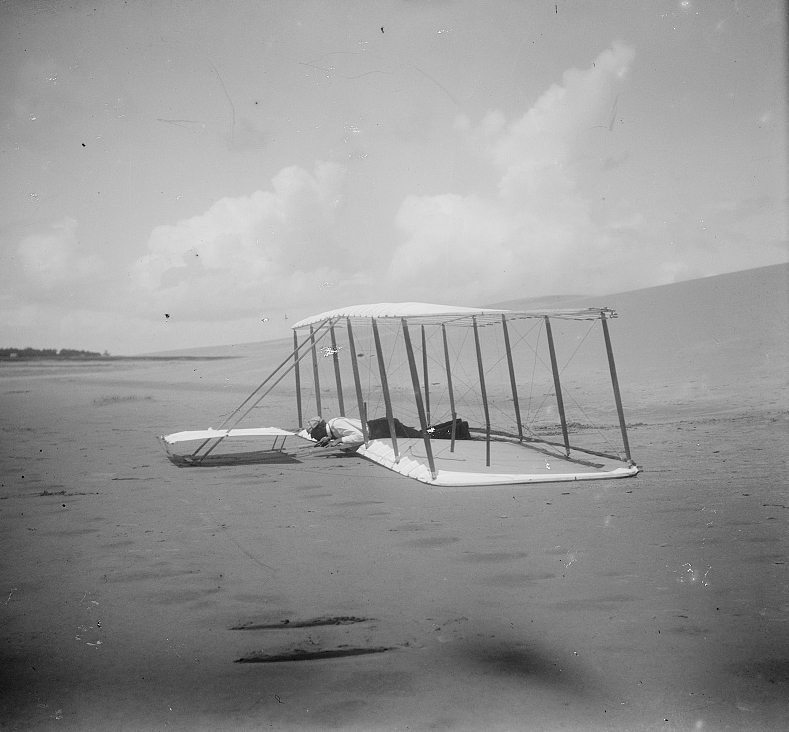
In the fall of 1903, Wilbur and Orville made their way back to North Carolina, and with them was the Wright Flyer.
The brothers not only prepared the new machine for flight, but they also practiced flying their 1902 glider to prepare them for the powered flight.
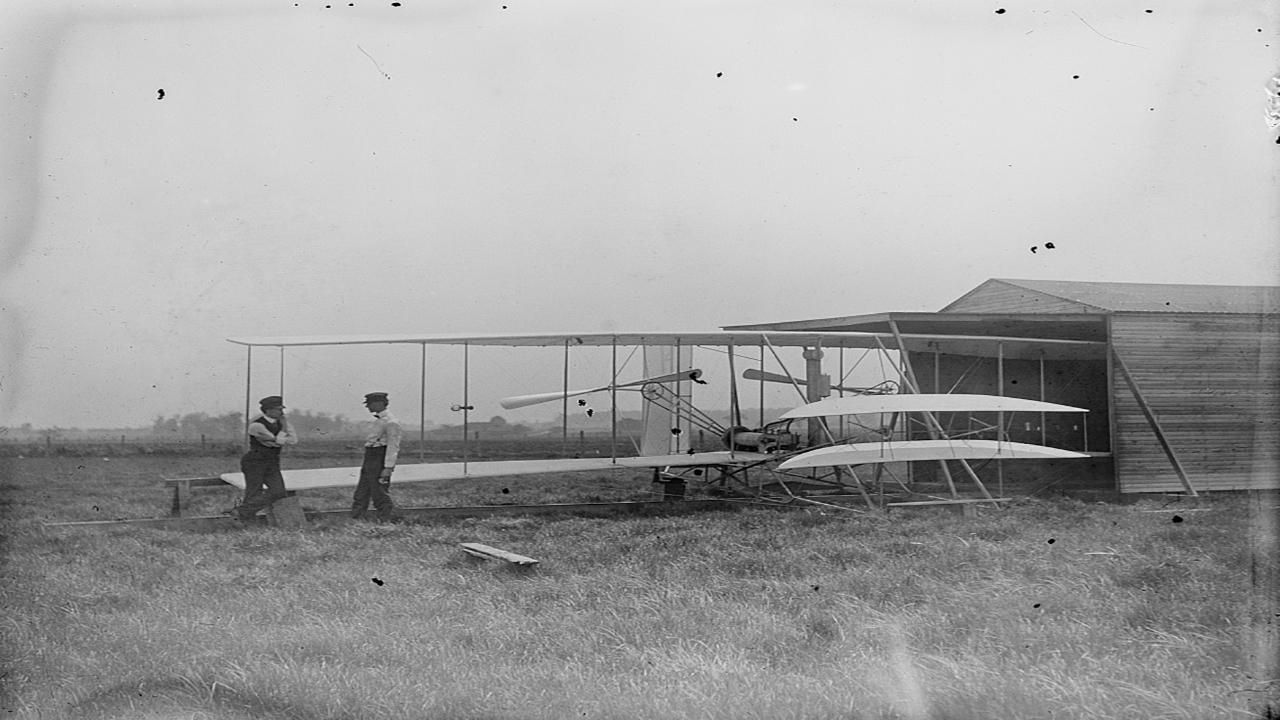
On December 14, they were ready. The weather was good, and the Wrights tossed a coin to see who would make the first attempt at powered flight. Wilbur won the toss.
However, the flight did not go as planned. Wilbur pulled up on the controls too quickly, and the Flyer dropped into the sand.
It took three days to repair the Flyer, and by then, the weather had taken a turn for the worse.
It was gray, and it was windy on December 17. Winds averaged around 20 miles per hour. The Wrights set up the Flyer's launch track, pointing into the wind. They started the engine, and Orville climbed onto the wing.
At 10:35 a.m., he released the restraining, and the Flyer started down the track. With the help of the headwind, the Flyer lifted from the sands of the Outer Banks and into history.
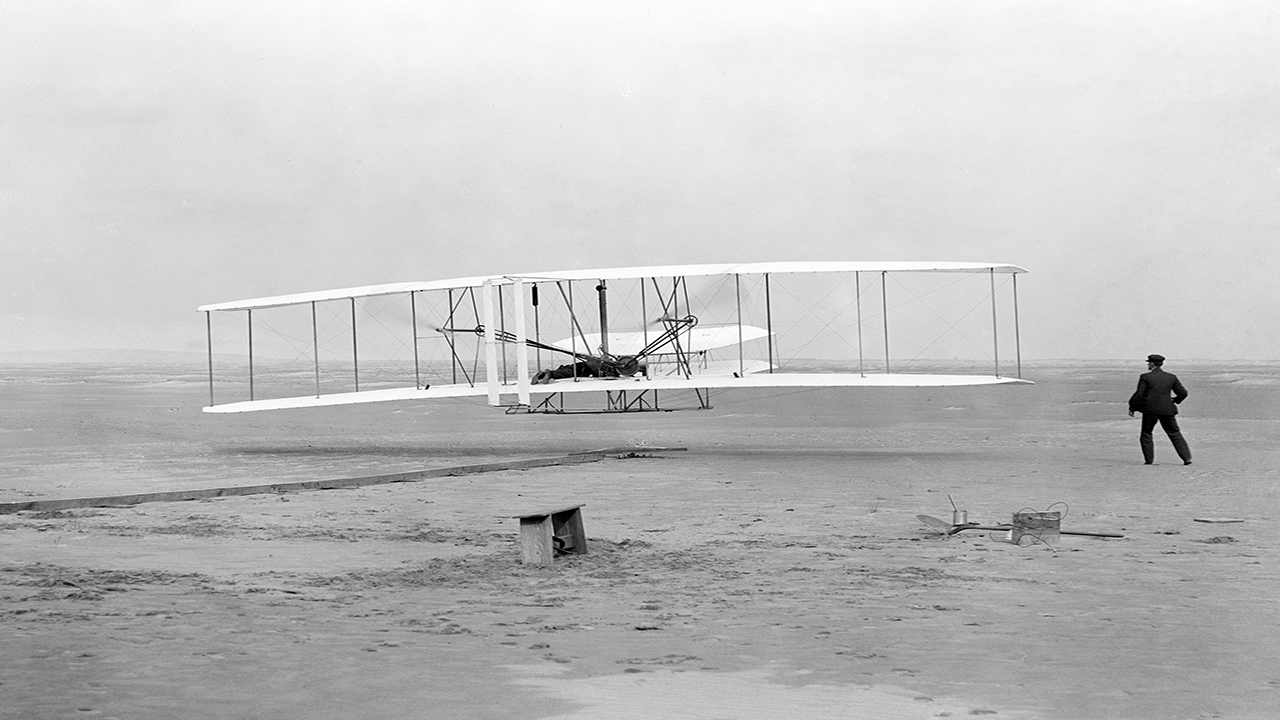
That first flight lasted 12 seconds and covered 120 feet, less than the wingspan of a Boeing 747, but it was enough.
They had proven that controlled, powered flight in a heavier than air machine was possible, and it was made possible by the winds of the North Carolina Outer Banks.
